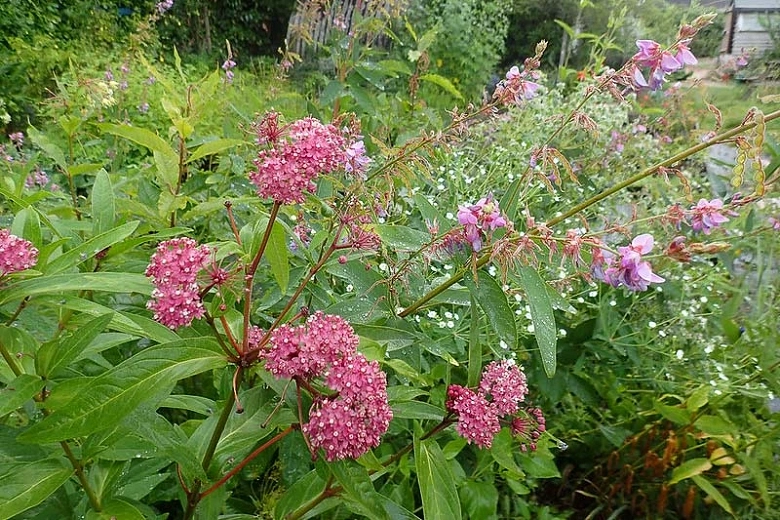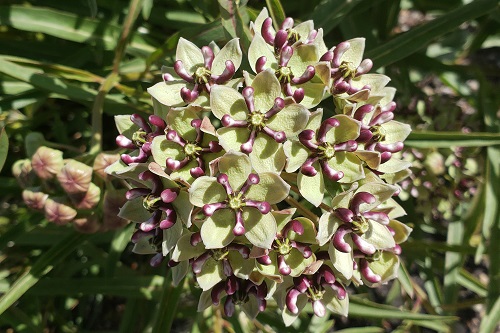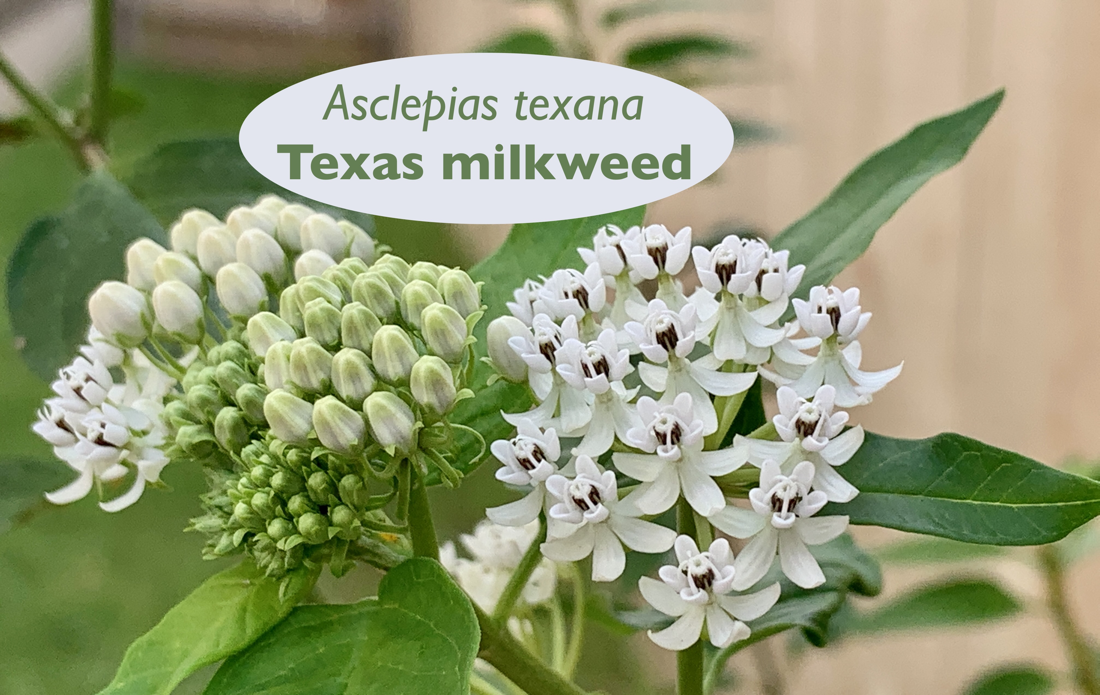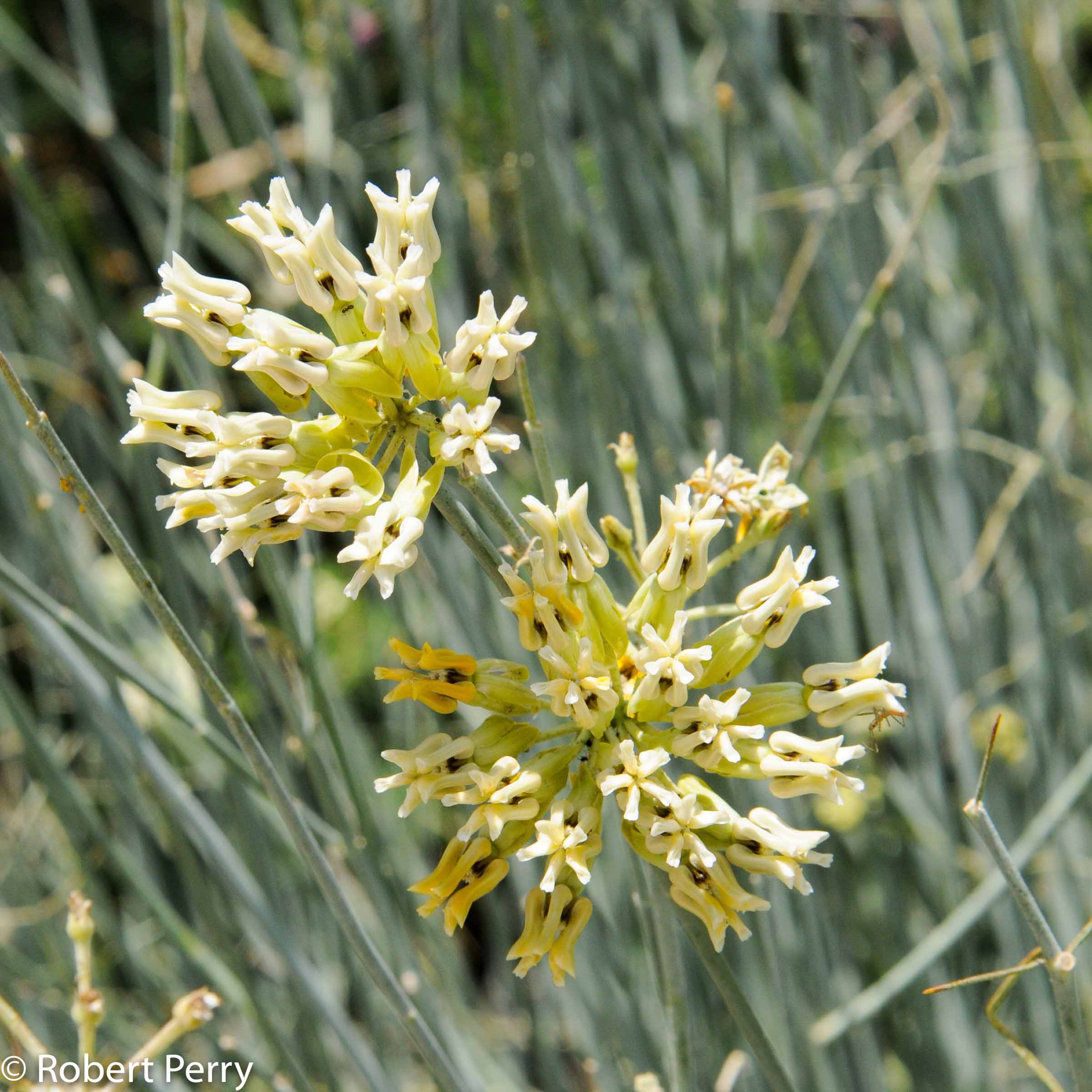Milk Weeds: The Ultimate Guide To Identifying Controlling And Using These Common Weeds
Title: Milk Weeds: The Ultimate Guide to Identifying, Controlling, and Using These Common Weeds
Introduction:
Milkweeds are a genus of flowering plants that are known for their milky sap. There are over 100 species of milkweed, and they are found in all parts of the world. Milkweeds are important plants for the monarch butterfly, which uses them as a food source.
In this blog post, we will discuss the identification, control, and uses of milkweeds. We will also provide some tips for gardening with milkweeds.
Main Content:
Identification
Milkweeds are easy to identify by their milky sap. The sap is a white or yellow liquid that is released when the plant is cut or damaged. Milkweeds also have distinctive flowers that are usually white or pink. The flowers are often clustered together in a terminal spike.
Control
Milkweeds can be controlled by a variety of methods, including:
- Hand pulling: This is the most effective way to control milkweeds. Be sure to remove the entire plant, including the roots.
- Mulching: Mulching around plants can help to prevent milkweeds from germinating.
- Herbicides: There are a number of herbicides that can be used to control milkweeds. However, it is important to use herbicides carefully, as they can also damage other plants.
Uses
Milkweeds have a number of uses, including:
- Food: The seeds of milkweeds are edible and can be used to make flour or a type of candy.
- Medicine: The sap of milkweeds has been used to treat a variety of ailments, including skin conditions, coughs, and diarrhea.
- Fiber: The fibers from milkweed stems can be used to make rope, cloth, and paper.
- Beekeeping: Milkweeds are a good source of nectar for bees, and they can help to improve pollination.
Gardening with Milkweeds
Milkweeds are a good addition to any garden. They are attractive plants that attract butterflies and other pollinators. Milkweeds are also relatively easy to care for.
Here are some tips for gardening with milkweeds:
- Choose a sunny spot for your milkweeds.
- Plant milkweeds in well-drained soil.
- Water milkweeds regularly, especially during dry periods.
- Fertilize milkweeds with a balanced fertilizer in the spring.
- Deadhead milkweeds regularly to encourage new blooms.
Conclusion
Milkweeds are a valuable and versatile group of plants. They are important for the monarch butterfly, and they have a number of uses for humans. If you are looking for a beautiful and easy-care plant to add to your garden, consider a milkweed.
Visit Garden Wiki for more information about milkweeds.
FAQ of milk weeds
- What are milkweeds?
Milkweeds are a genus of flowering plants in the family Apocynaceae. They are known for their milky sap, which can be toxic to humans and animals. Milkweeds are also a host plant for monarch butterflies, which lay their eggs on the leaves.
- What are the different types of milkweeds?
There are over 100 species of milkweed, but some of the most common include:
* Common milkweed (Asclepias syriaca)
* Swamp milkweed (Asclepias incarnata)
* Butterfly milkweed (Asclepias tuberosa)
* Mexican milkweed (Asclepias curassavica)
- Are milkweeds poisonous?
Yes, milkweeds are poisonous to humans and animals. The milky sap contains a toxin called cardiac glycoside, which can cause vomiting, diarrhea, and heart problems. In severe cases, it can even be fatal.
- How can I control milkweeds?
There are a few ways to control milkweeds. You can:
* Hand-weed them.
* Use a herbicide that is specifically labeled for milkweeds.
* Plant milkweed-eating insects, such as monarch caterpillars.
- Why are milkweeds important?
Milkweeds are important for a number of reasons. They are a host plant for monarch butterflies, which are a threatened species. Milkweeds also help to control populations of other pests, such as aphids and mosquitoes.
Image of milk weeds
- Common milkweed (Asclepias syriaca) is a tall, herbaceous perennial with milky sap. It has large, showy flowers that are white, pink, or purple.

- Sweat pea milkweed (Asclepias incarnata) is a shorter, more delicate plant with pink or white flowers. It is also known as butterfly milkweed because it is a favorite food of monarch butterflies.

- Horsetail milkweed (Asclepias fascicularis) is a tall, branching plant with small, white flowers. It is native to North America and is often found in open meadows and fields.

- Showy milkweed (Asclepias speciosa) is a large, showy plant with pink or white flowers. It is native to the southeastern United States and is often found in woodlands and thickets.
- Swamp milkweed (Asclepias incarnata) is a wetland plant with pink or white flowers. It is native to North America and is often found in marshes and swamps.

- Downy milkweed (Asclepias asperula) is a small, hairy plant with white flowers. It is native to North America and is often found in dry, open areas.

- Popcorn milkweed (Asclepias tuberosa) is a short, bushy plant with orange flowers. It is native to North America and is often found in prairies and meadows.

- Texas milkweed (Asclepias texana) is a tall, upright plant with white flowers. It is native to Texas and is often found in open woodlands and prairies.

- Desert milkweed (Asclepias subulata) is a low-growing, succulent plant with pink or white flowers. It is native to the southwestern United States and is often found in desert and semi-desert areas.

- Mexican milkweed (Asclepias curassavica) is a tall, shrubby plant with orange flowers. It is native to Mexico and Central America and is often found in tropical and subtropical areas.


Post a Comment for "Milk Weeds: The Ultimate Guide To Identifying Controlling And Using These Common Weeds"